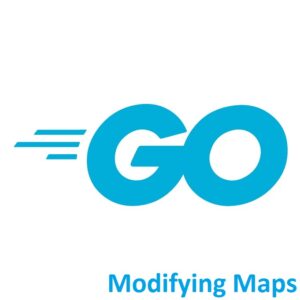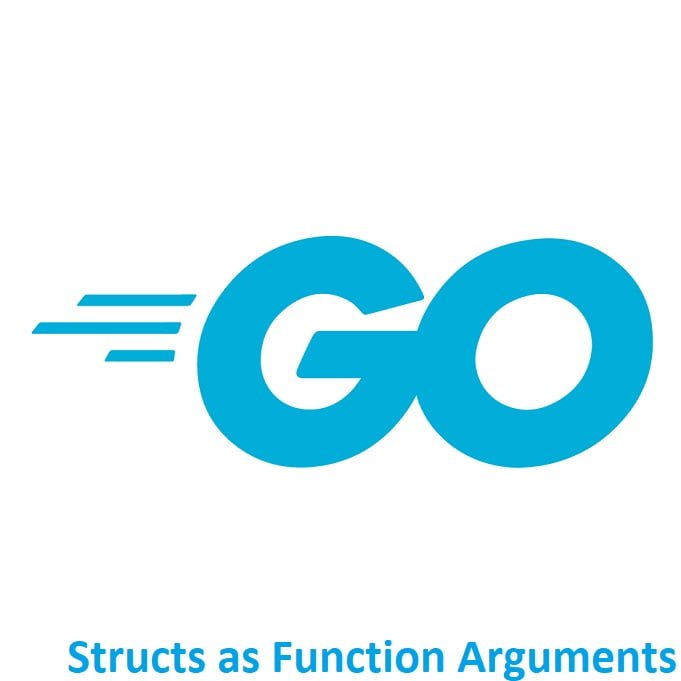
Dynamic Map Operations!
Welcome to the world of Golang! Modifying maps in Go is essential for dynamic data manipulation, allowing for the addition, modification, and deletion of key-value pairs. Understanding efficient techniques for map modification is crucial for effective data management in Go programming. This guide navigates through various methods and best practices for modifying maps, empowering you to leverage these operations effectively.
In Go, maps are a built-in data structure that allows you to store and retrieve key-value pairs. To modify maps in Go, you can perform various operations like adding, updating, and deleting key-value pairs.
Here’s how you can do it:
Adding or Updating Elements:
To add or update an element in a map, simply assign a value to the desired key. If the key already exists, the value will be updated; otherwise, a new key-value pair will be added.
package main
import "fmt"
func main() {
// Creating a map
myMap := make(map[string]int)
// Adding or updating elements
myMap["one"] = 1
myMap["two"] = 2
myMap["three"] = 3
fmt.Println(myMap) // Output: map[one:1 two:2 three:3]
// Updating an element
myMap["two"] = 22
fmt.Println(myMap) // Output: map[one:1 two:22 three:3]
}
Deleting Elements:
To remove an element from a map, you can use the built-in delete function.
package main
import "fmt"
func main() {
myMap := map[string]int{
"one": 1,
"two": 2,
"three": 3,
}
fmt.Println(myMap) // Output: map[one:1 two:2 three:3]
// Deleting an element
delete(myMap, "two")
fmt.Println(myMap) // Output: map[one:1 three:3]
}
Checking Maps
When trying to access a value from a map using a key that doesn’t exist, Go will return the zero value for the value’s type.
To check if a key exists in the map, you can use the following pattern:
value, exists := myMap["key"]
if exists {
// Key exists, use the value
} else {
// Key doesn't exist
}
Keep in mind that maps in Go are not safe for concurrent access from multiple goroutines. If you need to modify a map concurrently, you should use synchronization mechanisms like mutexes or consider using the sync.Map type.
Important
Maps are reference types, so when you pass a map to a function, you’re passing a reference to the underlying data. Any modifications made to the map within the function will affect the original map.
Conclusion
Modifying maps efficiently in Go is crucial for managing dynamic data structures effectively. Proficiency in map modification techniques and best practices equips Go developers with the tools to handle key-value structures with flexibility and precision.
That’s All Folks!
You can find all of our Golang guides here: A Comprehensive Guide to Golang





